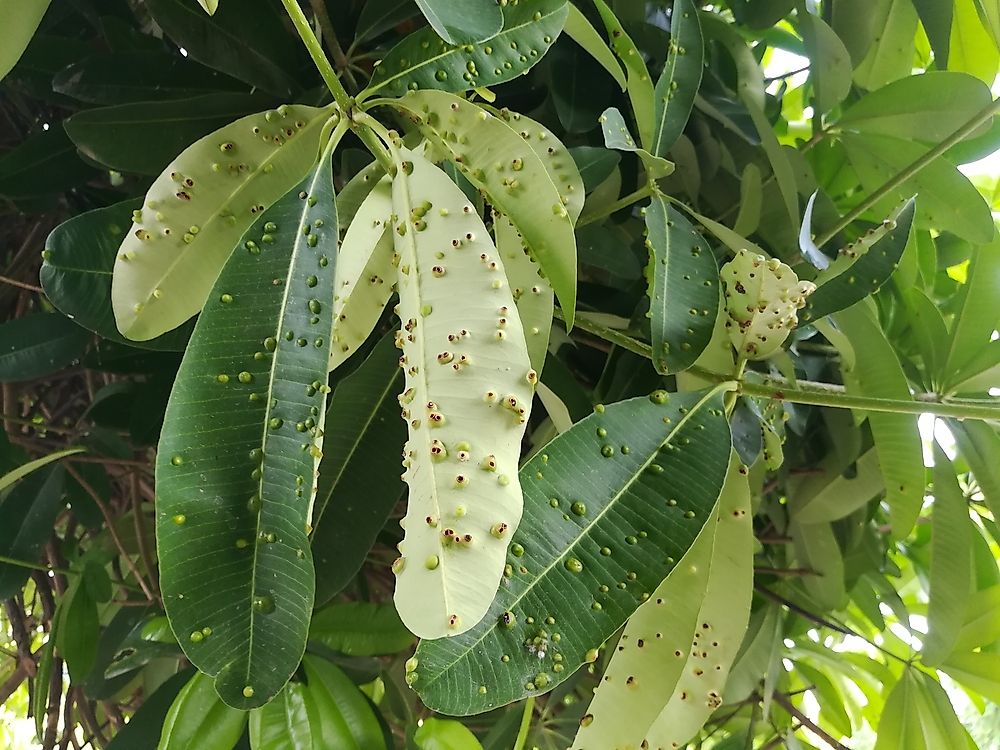What Is A Gall Midge?

- These type of midge are brightly colored larvae that typically habitat in leaves and flowers, they cause the production of tissue swellings or
- Gall midge, are in the Cecidomyiidae, or Itonididae family.
- Some other similar and equally serious pests are the wheat midge, sorghum midge, rice midge and clover midge.
Gall midges or gall gnats is a family of flies whose larvae feed on plant tissue causing growths, called galls. Gall midges belong to the Cecidomyiidae family of the Arthropoda phylum. More than 6,000 species of cecidomyiidae exist worldwide, with 1,100 species in North America alone, but this research might not be conclusive.
Physical Description
Gall midges are minute insects that measure between 0.5 mm-3mm, depending on the species, with a wing length of 15mm. They have characteristic holoptic eyes and reduced mouthparts. They have long slender antennae and one pair of wings, which is clear most of the time.
Reproduction
The females are distinct in that they have a long flexible organ for laying eggs referred to as the ovipositor, which are used to deposit eggs into very thin spaces such as splits in plant parts. Some species that have a rigid ovipositor that is used to drill a hole in the plant, where the eggs are then deposited, are also common.
Their eggs are characteristically colorless, but they change color with maturity becoming yellow, orange, or red just before they hatch. The larva of this insect does not have legs. It appears in flat or cylindrical shape with pointed ends. The larvae look in different colors, just like the eggs depending on the species or age. Feeding is an integral part of this stage; the larvae can eat into plant parts using jaw-like structures on their mouthparts. The discharges from the larvae and the feeding are what lead to the growth of galls, a swelling growth on a plant.
Life Cycle
The gall midge undergoes complete metamorphosis. They deposit their eggs on the plant and cover them with a protective liquid where they stay until the eggs hatch into larvae. The larvae grow in three stages that are marked by molting of the skin. After this, they pupate inside the gall or fall to the ground and pupate in the soil. The pupae are rectangular shaped and are colored like mature larvae or appear a shade darker—pupae of most of the 6,000 species measure around 4mm.
The time taken for development to occur from egg to adult differs depending on the species and location. While some species produce one generation in a year, others take two to three years to complete a generation.
The gall midge is known for its paedogenesis, a condition where the larvae reproduce without maturing. In some species, the daughter larvae are known to eat their mothers from within.
Diet
All of the species that form galls feed inside that particular plant or a few other species of the same plant. A few larvae species eat fungi and rotting matter.
The gall midge is essential in maintaining the ecological balance in that they feed on other soft-bodied pests like mites. One of the species with such a characteristic is the aphid midge, which feeds on aphids. This species is bred and sold to greenhouse owners for aphid control.











